
Back to Blogs
Discover
Mary Tudor – the French Queen Buried in Suffolk
Did you know that St Mary’s Church in Bury St Edmunds is the final resting place of a French Queen who was known as the most beautiful princess in Europe and who risked everything to marry her true love?
Who Was Mary Tudor?

The final resting place of Mary's Tudor, Queen of France, is at St Mary's Church in Bury St Edmunds, Suffolk. Photo: Bec Austin
Mary Tudor, Queen of France and Duchess of Suffolk, was Henry VIII's favourite sister and it is thought he named his daughter Mary (the future Mary I) after her.
Mary, born on March 18 1496 at Richmond Palace, was the youngest of Henry VII of England and Elizabeth of York’s children to survive infancy and was sister to Prince Arthur, Princess Margaret and Prince Henry (who became Henry VIII).
She was known as one of the most beautiful princesses in Europe.
Originally betrothed to Charles of Castile and a wedding planned for 1514, the marriage was eventually cancelled due to diplomatic delays.
To 18-year-old Mary’s horror, her brother the King’s replacement for her was King Louis XII of France, a man who at 52 was 34 years her senior. Their betrothal was part of a peace treaty with France, negotiated by Cardinal Thomas Wolsey.
Mary had been secretly in love with her brother’s friend Charles Brandon, the Duke of Suffolk, and having agreed to marry King Louis XII, she made her brother promise that should she outlive him, she could choose her next husband.
She married King Louis XII on October 9 1514, but just a few months later he died.
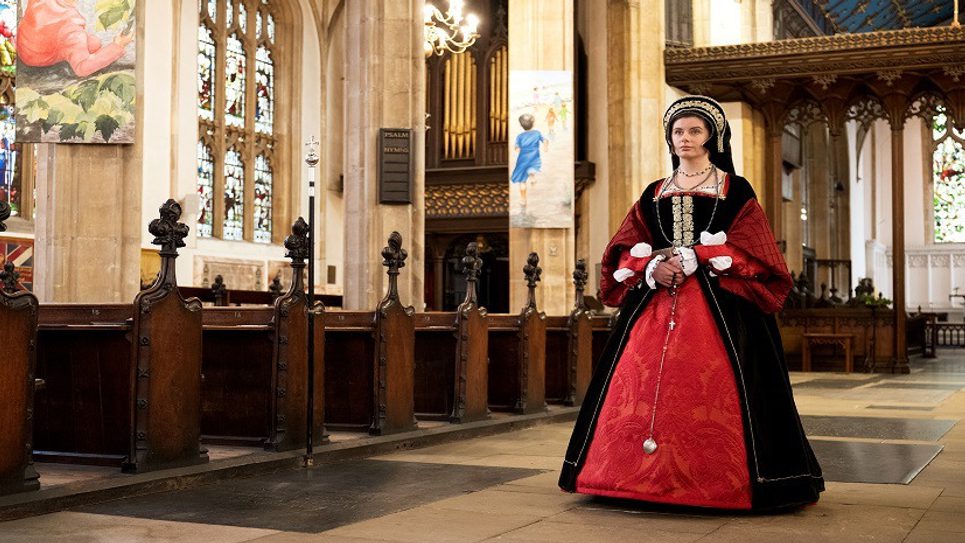
St Mary's Church in Bury St Edmunds, Suffolk. Photo: Bec Austin
Charles Brandon was sent to France to bring Mary home and there, in secret, the couple married at the Hotel de Clugny on March 3 1515 without the King’s consent - an act of treason.
The King was furious and the privy council called for Charles to be imprisoned or executed. It was only through the intervention of Thomas Wolsey and Henry’s love for his sister that the couple were eventually pardoned by Henry. But they were forced to pay a large fine. They officially later married on 13 May 1515 at Greenwich Palace in the presence of King Henry VIII.
The Duke and Duchess of Suffolk went on to have four children: Henry (named after her brother), Frances, Eleanor, and Henry. Only Frances and Eleanor survived childhood.
Mary was normally referred to at the English court as "the French Queen” and was not known as the Duchess of Suffolk in her lifetime, despite being legally allowed to be.
Mary died, aged 37, at Westhorpe Hall, Suffolk, on 25 June 1533 having never fully recovered from the sweating sickness she caught in 1528.
Her funeral was very grand. Her body lay in state at Westhorpe, with candles burning day and night. On 10th July, Henry VIII ordered a Requiem Mass to be held for his sister at Westminster Abbey.
Mary was greatly loved by the people of Suffolk and after her funeral alms of meat, drink and money were given to the poor. But as was custom, neither Mary's brother Henry VIII or her husband attended the funeral.
A Lock of Mary's Hair
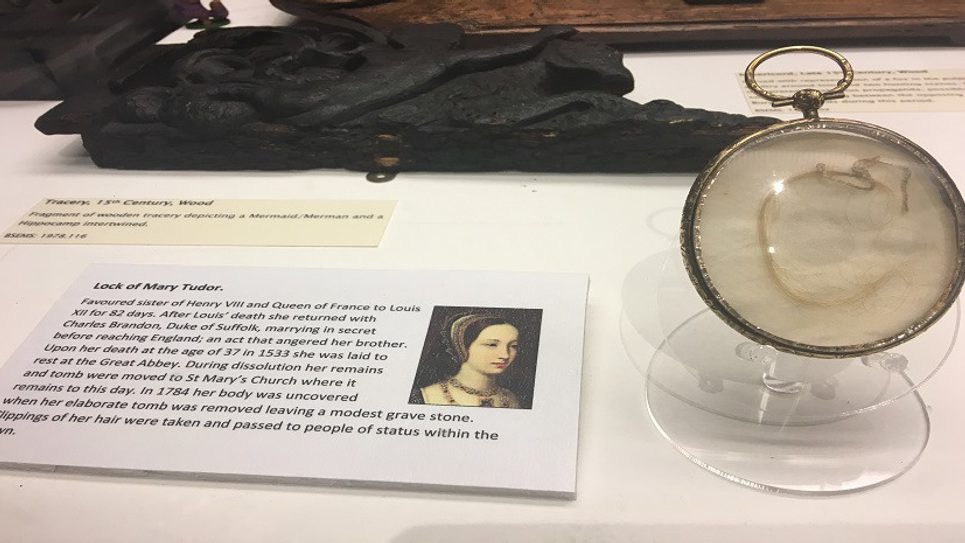
She was buried first at the Abbey of St Edmund on July 21 1533 but when the abbey was dissolved her remains were moved five years later in 1538 to St Mary’s Church, Bury St Edmunds.
In 1784, her remains were disinterred when her altar monument was removed because it obstructed the approach to the rails of the communion table. She was reburied in the Sanctuary, where she rests today, and a pre-reformation altar stone with five consecration crosses, engraved ‘Mary Queen of France 1533’ was placed over the grave.
Before this her coffin was opened, and locks of her hair were taken by Horace Walpole, the duchess of Portland, and several others.
A locket containing a lock of Mary Tudor’s hair can be found on display at the town’s Moyse’s Hall Museum. It is from the collection of the family of Reverend Ashby who held it within their collection until the middle of the 19th Century when it is recorded as passing from a J. Deck, possibly the town’s Mayor John Deck, to the ‘Bury and West Suffolk Museum’. Ownership of the Bury and West Suffolk Museum collection was transferred to the Borough of Bury St Edmunds around 1876. The museum moved from rooms at the Athenaeum to Moyse's Hall in 1899. It has been a part of the Town’s collection ever-since.
Queen Victoria's Tribute to Mary Tudor
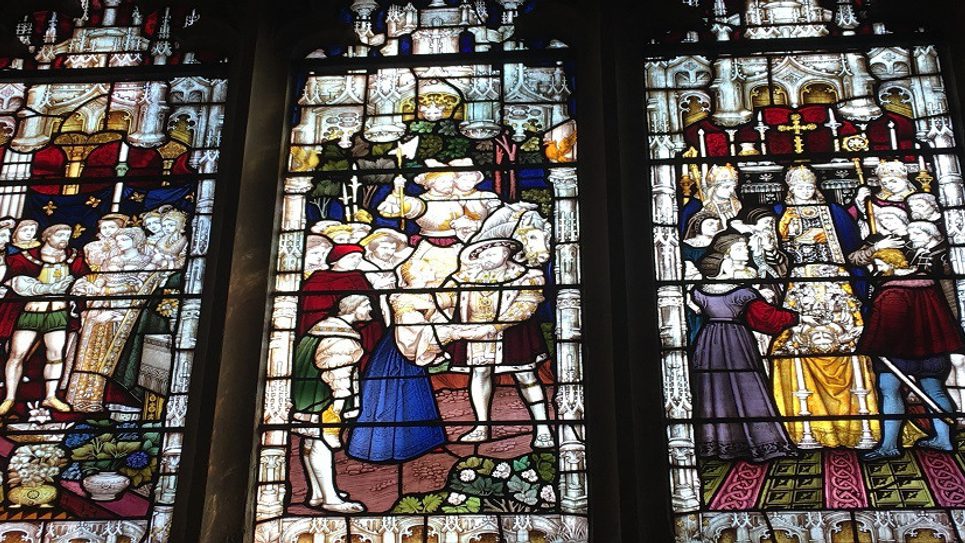
When Edward VII visited in 1904 he ordered that a marble kerb be placed around Mary’s gravestone. This was carried out by his host Lord Cadogan of Culford in 1907. A photograph of Edward VIII’s visit can be seen at the church.
In 1881 Queen Victoria presented St Mary’s Church with a beautiful stained-glass window in memory of Mary Tudor which can be seen in the south chapel. In the window Mary Tudor, Henry VIII, Prince Charles of Castille, Louis XII of France, and Charles Brandon, the Duke of Suffolk, all feature to tell the story of Mary’s life and death.
The church is open Monday – Saturday from 10am – 4pm (3pm in the winter) but do check if you are planning to travel a distance as the church does hold services and events which may affect visiting times. Admission is free. Mary's final resting place can be found at the back of the church.
There's so much more to see and do in Bury St Edmunds - check out our guide to Places to Stay Guide and book your break now.
You May Also Like

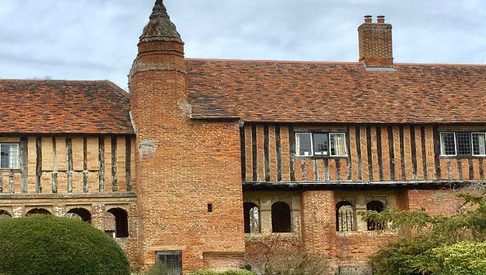
Take a Trip Back in Time at West Stow Hall
Tucked away in a village a few miles from Bury St…
View More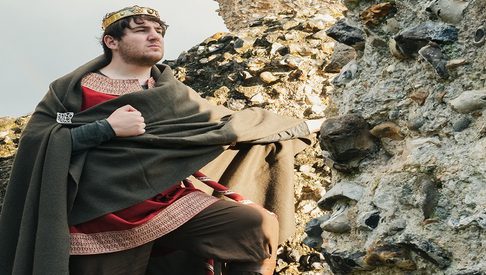
Costumes for Historic Characters Revealed
Two characters from Bury St Edmunds history have been…
View More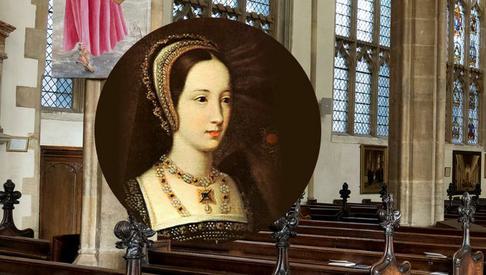
Discover Inspirational Women of Bury St…
11 historical places where you can connect with the…
View More
Related Blogs

News
Parents Guide to Pre…
It's the school holidays and with Christmas just…

News
Bury Tour Guides to launch…
Bury St Edmunds Tour Guides to Introduce new tours in…

News
New in Bury St Edmunds For…
A sneak peak into new attractions visitors can enjoy…

News
Baby It's Cold Outside...…
Just because the temperature’s dropped doesn’t mean…

News
Christmas Park and Walk 2025
Additional parking has been provided by West Suffolk…
Latest news

News
Parents Guide to Pre Christmas Entertainment
It's the school holidays and with Christmas just around the corner we've put toegther a guide on places to take the kids to keep them entertained until Santa visits!

News
Enjoy a Festive Afternoon Tea in 2025
Celebrate the Christmas season with a festive afternoon tea in Bury St Edmunds & Beyond...

News
Festive Winter Walks
Get outside and enjoy the fresh crisp winter air with one of these walks in Bury St Edmunds and Beyond!

News
Bury Tour Guides to launch new tours next year after successful 2025
Bury St Edmunds Tour Guides to Introduce new tours in 2026 and continue the successful Food and Drink Tours!

News
New in Bury St Edmunds For 2026
A sneak peak into new attractions visitors can enjoy in Bury St Edmunds in 2026.

News
Baby It's Cold Outside... Things To Do When the Weather Turns Frosty
Just because the temperature’s dropped doesn’t mean the fun has to! If you’re visiting town during the chillier months, there’s still plenty to see, do, and experience.

News
Places to sit by a roaring fire in Bury St Edmunds & Beyond
Warm up by a roaring fire this winter in Bury St Edmunds & Beyond...

News
Christmas Park and Walk 2025
Additional parking has been provided by West Suffolk Council in partnership with Greene King this Christmas.

News
Festive Theatre Guide 2025
There’s no better way to summon the magic of the festive season than a trip to the theatre.
